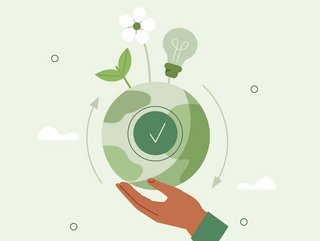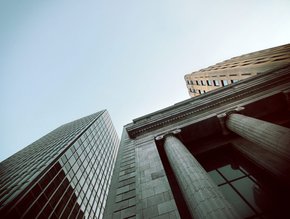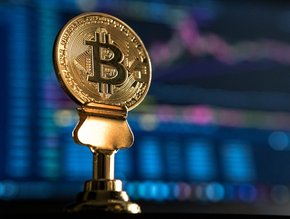Timeline: the major milestones in sustainable finance

Sustainability is a must-have – or rather a must-not-ignore – for businesses in every industry and of every size. That includes banks, financial institutions and fintechs, who all have a role to play in ensuring society's shift to a more sustainable future.
With this in mind, we take a look back at the major milestones that have influenced sustainable finance – and ask what the future might hold in store.
1991: UNEP Finance Initiative launches
In 1991, the UNEP Finance Initiative was launched when a group of banks partnered with UNEP (United Nations Environment Programme). The aim of the partnership was to promote better sustainability practices throughout the world and enhance the role of the global finance industry in that implementation.
1992: An agreement is reached
Just 12 months later, the core aims and objectives of the UNEP Finance Initiative were reached. The group of commercial banks involved began to engage in an evangelisation programme that began to engage more banks and financial services institutions, VCs, agencies, and more in a conversation regarding financial sustainability.
1993-2005: Building momentum
As the dialogue and engagement increased, the UNEP Finance Initiative established three regulatory frameworks for financial institutions to work towards. They are: The Principles for Responsible Investment (PRI); The Principles for Responsible Banking (PRB); and the Principles for Sustainable Insurance (PSI).
2019: Banks join the sustainable finance movement
By 2019, according to data from NatWast – a founding member of the UNEP Finance Initiative – a third of the world’s banks (197) had joined the Responsible Banking Initiative. Signatory banks have to commit to taking three key objectives to improve the impact of their services in a sustainable capacity. They must:
- Analyse their current impact on the planet
- Set targets and implement them
- Publicly report on progress
2021: Sustainable lending changes
By 2021, the sustainable banking sector had developed strong regulatory practices surrounding lending. In May of that year, the rules around SLLPs (Sustainability-Linked Loan Principles) were further tightened and clarified to reflect key performance indicators that would fully support the sustainable banking objectives and borrower performance.
2023 and beyond
The future of sustainable finance involves going mainstream, with banks of all sectors launching new products that support the sustainability agenda. Customers at a grassroots level will be given the opportunity to select, or opt out of, products that offer personalised suggestions regarding purchases made and their environmental impact. It is hoped that these features will encourage all consumers to select more sustainable market alternatives. These purchases will be linked to data collected on individuals – though arguments have been made that they infringe on privacy.






